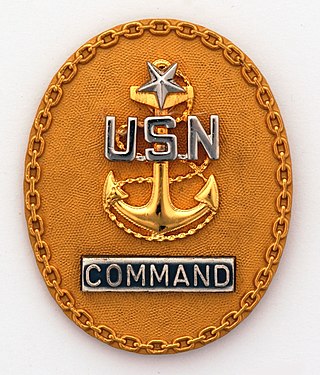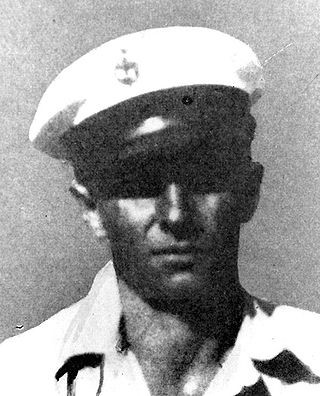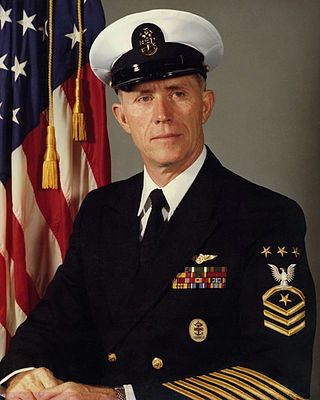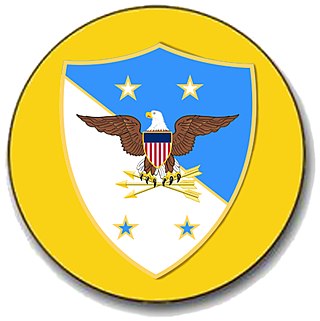History
Congress established the senior and master chief petty officer ranks in 1958, primarily as an incentive to retain E-7s beyond their 20-year mark. This move enjoyed some initial success. Although the chief petty officer has always held a well-defined position of responsibility in the chain of command, the roles of the senior and master chief petty officers have been the subject of considerable debate almost since their beginning days. It became apparent that senior and master chief petty officers received little additional responsibilities than what they had as chief petty officers. This resulted in a return of the trend where many senior enlisted members left the Navy shortly after completing 20 years of service.
In 1979, the Chief of Naval Operations took concrete steps to end that debate and stated that the Navy would expand the role of the senior and master chief petty officers. Their roles would no longer be that of senior technicians; instead, their role would be that of middle management. As a result of the CNO's policy, commands throughout the Navy appointed many senior and master chief petty officers to positions of greater responsibility. While some performed well in their expanded roles, others lacked the education and training needed to carry out their new managerial duties. To assist senior and master chief petty officers' transition from technicians to positions of middle managers, the Navy founded the Senior Enlisted Academy.
Opening ceremonies were held on September 14, 1981, and the Senior Enlisted Academy opened its doors to its first class. This pilot class, consisting of 16 students, received and validated the nine-week curriculum containing a diverse mix of subjects such as communications skills, national security affairs, Navy programs, and physical readiness training. Starting January 2005, the SEA seated 65 students per class and convened for six weeks.
Because of the SEA's success in preparing senior enlisted leaders for positions of greater responsibilities, graduation is now a requirement before assuming the positions of command master chief or chief of the boat.
The Senior Enlisted Academy offers resident and blended classes. The resident class is six weeks long. The blended class is six weeks online and two weeks in residence. There have been 136 resident and 19 blended classes as of February 24, 2007.

A non-commissioned officer (NCO) is a military officer who has not pursued a commission. Non-commissioned officers usually earn their position of authority by promotion through the enlisted ranks. In contrast, commissioned officers usually enter directly from a military academy, officer training corps (OTC) or reserve officer training corps (ROTC), or officer candidate school (OCS) or officer training school (OTS), after receiving a post-secondary degree.
Senior Chief Petty Officer(SCPO) is an enlisted rank in the navies of some countries.
Master chief petty officer (MCPO) is an enlisted rank in some navies. It is the ninth enlisted rank in the United States Navy and United States Coast Guard, just above Senior Chief Petty Officer (SCPO). Master chief petty officers are addressed as "Master Chief " in colloquial contexts. They constitute the top 1.25% of the enlisted members of the maritime forces.

Command master chief petty officer (CMDCM) is an enlisted rating in the United States Navy and U.S. Coast Guard, as well as the Japan Maritime Self-Defense Force.

A drill instructor is a non-commissioned officer in the armed forces, fire department, or police forces with specific duties that vary by country. Foot drill, military step, and marching are typically taught by drill instructors.

A fireman, stoker or watertender is a person whose occupation it is to tend the fire for the running of a boiler, heating a building, or powering a steam engine. Much of the job is hard physical labor, such as shoveling fuel, typically coal, into the boiler's firebox. On steam locomotives the title fireman is usually used, while on steamships and stationary steam engines, such as those driving saw mills, the title is usually stoker. The German word Heizer is equivalent and in Dutch the word stoker is mostly used too. The United States Navy referred to them as watertenders.

The chief of the boat (COB) is an enlisted sailor on board a U.S. Navy submarine who serves as the senior enlisted advisor to both the Commanding Officer (CO) and Executive Officer (XO).

A hospital corpsman is an enlisted medical specialist of the United States Navy, who may also serve in a U.S. Marine Corps unit. The corresponding rating within the United States Coast Guard is health services technician (HS).
A limited duty officer (LDO) is an officer in the United States Navy or United States Marine Corps who was selected for commissioning based on skill and expertise. They are the primary manpower source for technically specific billets not best suited for traditional Unrestricted Line, Restricted Line, or Staff Corps career path officers. Per Title 10, U.S. Code, an LDO is a permanent commissioned officer appointed under section 8139 in a permanent grade above chief warrant officer, W-5, and designated for limited duty.

Terry D. Scott is a former United States Navy sailor who served as the 10th Master Chief Petty Officer of the Navy, from April 22, 2002, to July 10, 2006.

Petar Herceg-Tonić was a United States Navy sailor of Herzegovinian Croat descent who received the United States military's highest award, the Medal of Honor, for his actions in World War II.

Billy C. Sanders is a retired senior sailor of the United States Navy who served as the fifth Master Chief Petty Officer of the Navy.

The senior enlisted advisor to the chairman of the Joint Chiefs of Staff (SEAC) is the most senior non-commissioned officer (NCO) position overall in the United States Armed Forces. The SEAC is appointed by the chairman of the Joint Chiefs of Staff to serve as a spokesperson to address the issues of enlisted personnel to the highest positions in the Department of Defense. As such, the SEAC is the primary enlisted advisor to the chairman, and serves at the pleasure of the secretary of defense. The SEAC's exact duties vary, depending on the chairman, though the SEAC generally devotes much their time traveling throughout the Department of Defense, to observe training and communicating to service members and their families. The SEAC's normal term of assignment is runs concurrently with the Chairman, but an incumbent may be reappointed to serve longer. The first member to hold this post was William Gainey. The current SEAC is Ramón Colón-López, USAF who assumed the duties on 13 December 2019.

Thomas Stanton was a United States Navy sailor and a recipient of the United States military's highest decoration, the Medal of Honor.

All branches of the United States Armed Forces use the general term Enlisted Professional Military Education (EPME) to describe the formal system of education which each branch provides to its enlisted personnel. Each branch has its own system and sequence of courses, with the overall focus on leadership and management. Education generally increases in intensity and level of knowledge as individuals progress in rank and assume broader leadership roles. EPME is distinct from the technical training which service members receive for their Military Occupational Specialty (MOS), Air Force Specialty Code (AFSC), or Navy Rating.

Russell L. Smith is a United States Navy sailor who served as the 15th Master Chief Petty Officer of the Navy (MCPON). He was acting MCPON from June 22, 2018, when Steven S. Giordano resigned, to August 29, 2018, when he officially assumed the role.
This page is based on this
Wikipedia article Text is available under the
CC BY-SA 4.0 license; additional terms may apply.
Images, videos and audio are available under their respective licenses.













